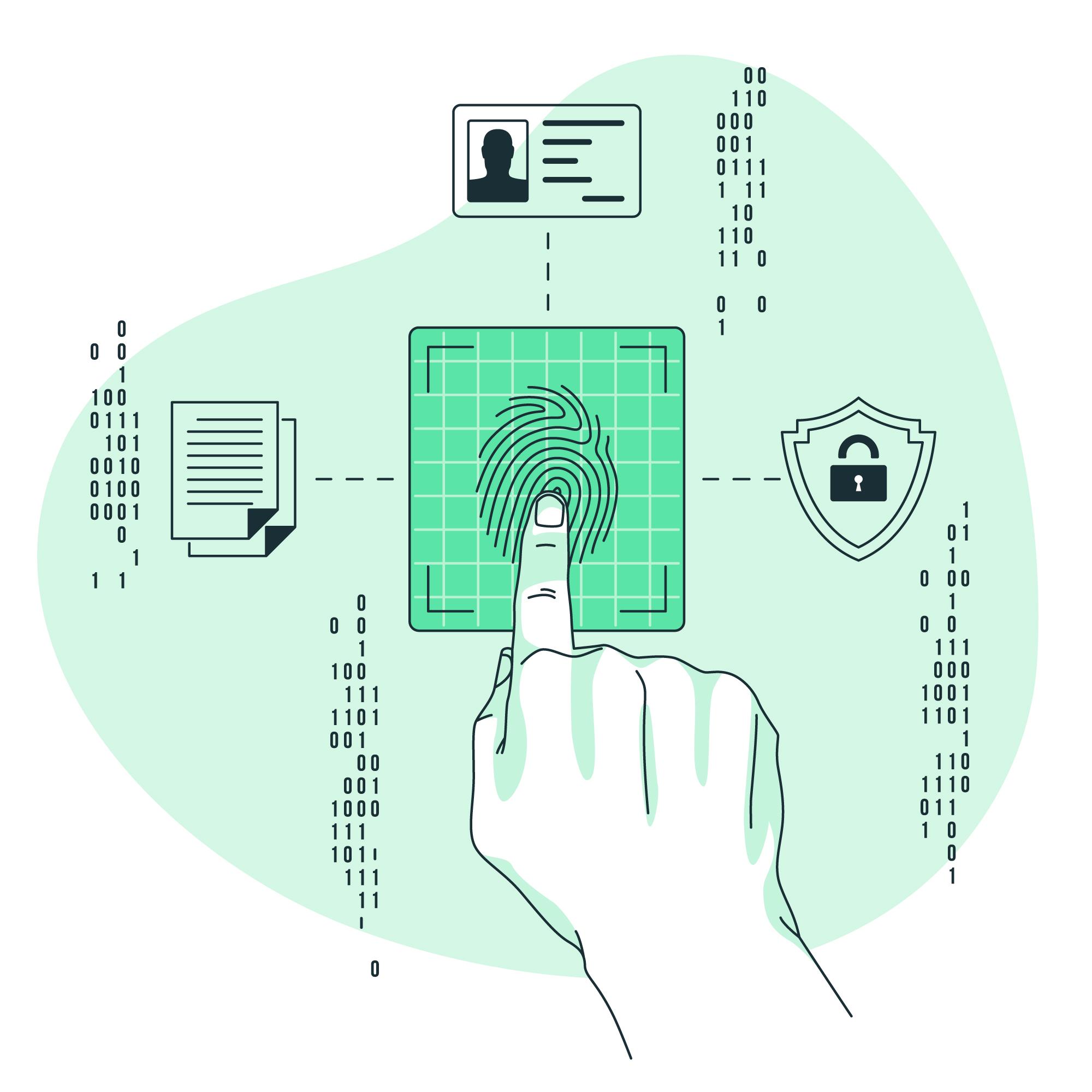Navigating Cyber Threats: The Evolving Landscape of Digital Security
Navigating the digital landscape is like sailing through a vast ocean, with cyber threats lurking beneath the surface. As businesses of all sizes chart their course, the risks grow ever more sophisticated. Ransomware attacks can lock you out of your data, phishing scams trick employees into revealing sensitive information, and insider threats pose internal dangers. Zero-day exploits take advantage of unpatched software vulnerabilities, while the rise of Internet of Things (IoT) devices introduces new security challenges. To stay afloat, it’s essential to understand these critical threats and implement robust defenses, ensuring your business remains secure amidst the digital waves.
- Generative AI: The New Face of Deception
Generative AI—the technology behind tools like ChatGPT—is a double-edged sword. Despite its ability to revolutionize sectors like healthcare and finance, cybercriminals are harnessing its potential for malicious purposes. These AI-powered attacks are becoming increasingly sophisticated, mimicking human behaviour and evading traditional security measures. Deepfakes, AI-generated phishing emails, and malware that constantly evolves are just the tip of the iceberg.
The Impact: From financial services to healthcare and even federal government agencies, cybercriminals can use deepfakes to impersonate executives, authorize fraudulent transactions, or steal sensitive information. AI-generated phishing emails can bypass traditional filters, leading to data breaches and financial losses. The potential damage from these attacks is magnified for federal agencies due to the sensitive nature of the information they handle.
- Supply Chain Attacks: The Invisible Threat
Remember the story of the Trojan Horse sneaking into Troy? A supply chain attack works in a similar sneaky way. It’s a threat that exploits the complex web of businesses involved in creating a product or service. Today’s economies depend on these intricate networks, with parts, materials, and services often coming from all over the world. This global interconnection is great for efficiency and innovation but also opens up vulnerabilities. Cybercriminals can target a small, seemingly unimportant supplier to get a foothold. From there, they can quietly work their way into the larger organization. This clever strategy helps them bypass traditional security measures and access sensitive data, intellectual property, or critical systems.
The Impact: A high-profile example is the SolarWinds attack. Hackers targeted SolarWinds, a software company, and inserted malicious code into their software updates. This software was then used by countless organizations worldwide. By compromising SolarWinds, the attackers effectively gained access to a vast network of potential victims through a single point of entry. Financial losses, reputational damage, and operational disruptions are potential consequences.
- The Quantum Conundrum: Will Encryption Become Obsolete?
Quantum computing represents a significant leap forward in computational capabilities, leveraging qubits that can exist in multiple states simultaneously due to quantum superposition. This allows quantum computers to perform complex calculations at speeds unattainable by classical computers, posing a potential threat to current encryption methods. The ability of quantum computers to break widely used cryptographic algorithms could compromise the security of sensitive data across industries. Researchers Adrian Colesa from Bitdefender and Sorin Bolos from Transilvania University have noted that while quantum computing holds tremendous promise, it also harbours its vulnerabilities. They will be discussing these potential security issues in detail at the Black Hat USA 2024 event.
The Impact: The advent of quantum computing could disrupt current encryption standards, potentially leading to data breaches and undermining trust in digital security. This capability necessitates the development of quantum-resistant cryptographic methods to safeguard future communications and data integrity. Although the widespread adoption of quantum computing is still a few years away, preparing for its potential misuse is essential to maintaining robust cybersecurity defenses.
- IoT Exploitation: The Internet of Threats
Businesses today rely heavily on IoT devices to streamline operations and gain a competitive edge. From smart factories equipped with sensors monitoring equipment health to supply chains tracking goods with RFID tags, these interconnected systems are the backbone of modern enterprises. However, this interconnectedness creates a vast attack surface, where a single compromised device, like an industrial controller or a point-of-sale terminal, can provide hackers with a gateway to sensitive data, operational disruption, and significant financial loss.
The Impact: Businesses in manufacturing, healthcare, and critical infrastructure are particularly at risk. A compromised IoT device can lead to data breaches, operational disruptions, and even physical damage. For example, a hacked medical device could compromise patient data or disrupt critical care.
- Ransomware: The Double Extortion Racket
Ransomware remains a persistent threat, with cyber criminals demanding increasingly higher ransoms. But the damage extends beyond financial loss. Disrupted operations, data loss, and reputational harm can be devastating. Recent trends show ransomware groups targeting specific industries, indicating a higher level of sophistication and preparation. To maximize their gains, these cybercriminals often employ double extortion tactics—they steal sensitive data before encryption and threaten to expose it publicly unless a ransom is paid. This dual threat compounds the pressure on victims, forcing them to choose between paying to regain access to their encrypted data or risking the exposure of confidential information that could lead to further financial loss, legal repercussions, and damage to their reputation.
The Impact: Though businesses in all sectors are targeted, healthcare and critical infrastructure are particularly vulnerable due to the potential consequences of downtime. A ransomware attack on a hospital could disrupt patient care and lead to loss of life.
The growing complexity of cybersecurity
As if these threats weren’t enough, the cybersecurity landscape itself is becoming increasingly complex. The sheer number of security tools and technologies can create a tangled web that’s difficult to manage. Additionally, the human element remains a significant vulnerability. Phishing attacks, social engineering, and insider threats continue to be major challenges.
To effectively combat these threats, businesses need a unified approach to security. This includes implementing robust security controls, investing in employee training, and fostering a culture of security awareness. By understanding the evolving threat landscape and taking proactive steps, organizations can significantly reduce their risk of falling victim to a cyberattack.
In our next blog, we’ll delve into actionable strategies and solutions businesses can implement to fortify their defences and safeguard sensitive data.



